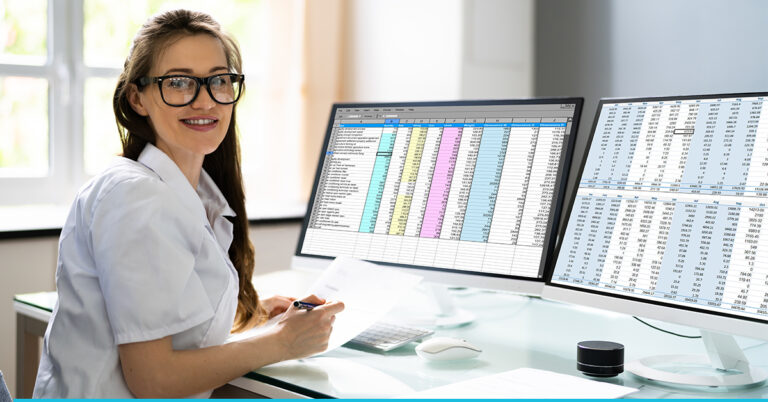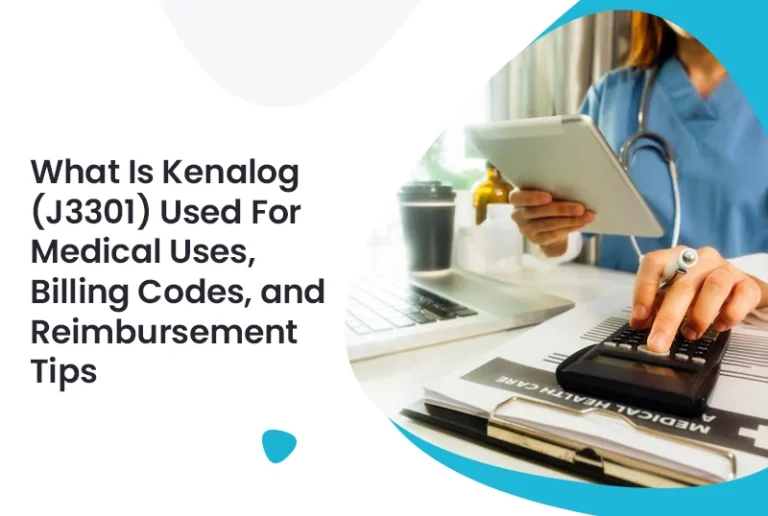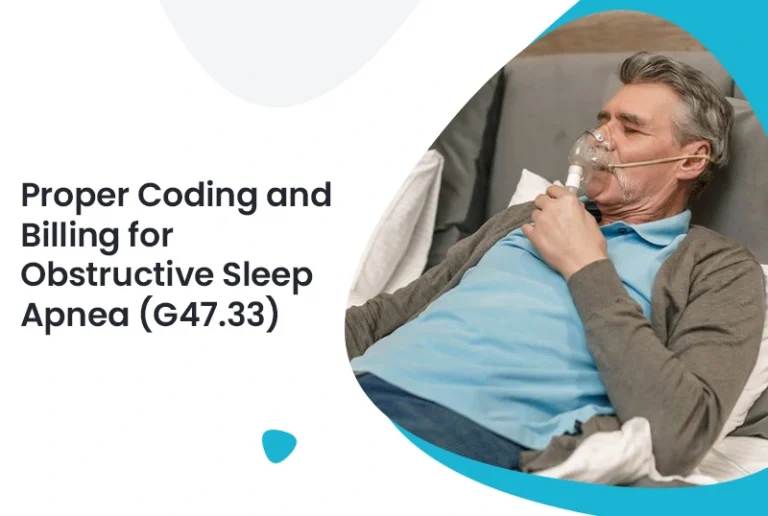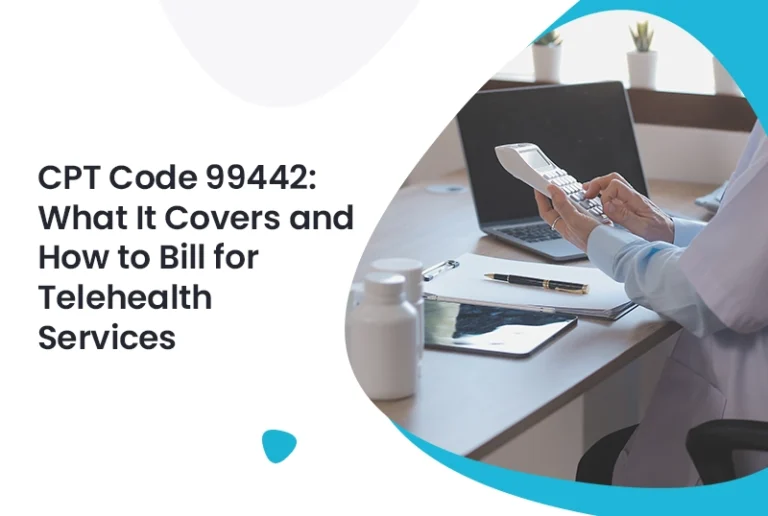Do you ever have that sudden stomachache and rush to the doctor, only to leave with a mysterious code slapped onto your file—the R10.9 diagnosis code? What is it, though?
For medical coders, billers, and health care providers, ICD-10 coding plays a vital role in insurance claims and reimbursements. A misplaced code can translate to delayed payments, denied claims, and headaches in billing.
In this guide, we’ll break down what the R10.9 diagnosis code means, when to use it, and how it fits into medical billing and reimbursement—all while keeping it simple and engaging. Plus, we’ll show how proper coding ties into Revenue Cycle Management, Medical Billing Services, and Medical Billing Companies.
What Is the R10.9 Diagnosis Code?
R10.9 is an ICD-10-CM code that refers to the description of unspecified abdominal pain.
In other words, R10.9 is applied when a patient complains of abdominal pain, but the cause cannot be ascertained at the time of diagnosis.
When to Use R10.9?
Doctors and coders generally apply R10.9 when:
- The patient complains of general abdominal pain, but further testing is required.
- No more detailed clinical evidence to determine a more definitive diagnosis.
- No known gastrointestinal, urinary, or reproductive disease that causes the pain.
Technically, it is a placeholder code with no other information available. The cause of the pain may now be identified like appendicitis, gastritis, or gallstones. Then the diagnosis should change to a more specific one in ICD-10.
Common Symptoms Related to R10.9
Since R10.9 includes the general description of unspecified abdominal pain, the presenting symptoms may range widely. Examples of common presentations include:
- Mild to severe stomach discomfort
- Bloating or cramping with no known cause
- Sharp or dull pain, episodic or persistent
- Abdominal tenderness on palpation
- Nausea, vomiting, or gastrointestinal upset
Although R10.9 facilitates a broad description of general pain, ICD-10 includes more specific coding for pain located in particular sites, such as:
- R10.0 – Acute abdomen (severe pain requiring immediate attention)
- R10.1 – Pain in the upper abdomen
- R10.2 – Pelvic and perineal pain
- R10.3 – Lower abdominal pain
The most accurate diagnosis code ensures fewer claim denials and smoother billing under Medical Billing Services.
Why Accurate Coding Matters in Medical Billing
It’s not just about documenting the right ICD-10 codes. It affects reimbursement.
If an insurance company sees R10.9 without medical notes, it might deny the claim.
How Wrong Coding Can Impact Reimbursement:
- Claims Denied: If a payer wants more specificity, the claim will likely be denied.
- Late Payments: A lack of documentation leads to more back-and-forth, slowing down reimbursement.
- Compliance Risks: Inadequate coding can result in audits and fines for the provider.
This is the reason why most healthcare organizations are seeking Professional Medical Billing Companies for error-free coding and filing claims.
Revenue Cycle Management How R10.9 Fits
Well-structured revenue cycle management guarantees that the submitted claims must have correct ICD-10 assignments, would be filed promptly, and reimbursed promptly.
Following is how good revenue cycle management with the R10.9 code helps in claim preparation:
- Avoidance of coding error because of ICD-10 appropriate assignment
- The improvement of the cash flow for preventing rejections and denial claims.
- Meets insurance and government requirements.
- Increase the speed of reimbursement because claims will be submitted correctly the very first time.
For healthcare providers, hiring experienced medical billers and coders is the way to follow through on efficient RCM and maximize revenue.
Best Practice Coding R10.9
To avoid denials or proper remittance, then here are the best practices in using R10.9:
1. Have detailed clinical notes
Even though R10.9 is for unspecified abdominal pain, insurance companies still want supporting documentation. Always include:
- Symptoms & duration of pain
- Tests ordered (ultrasound, CT scan, etc.)
- Treatment plan or follow-up recommendations
2. Use the Most Specific ICD-10 Code Possible
If further evaluation reveals a specific cause, update the diagnosis code. For example:
- K35.80 – Unspecified acute appendicitis
- K29.70 – Gastritis without bleeding
- K82.9 – Gallbladder disorder, unspecified
3. Verify Payer Requirements
Some payers require more descriptive codes than R10.9. Verifying payer policies could avoid unnecessary claims rejections.
By following these steps, providers can reduce errors in coding, minimize claim denial, and help improve revenue flow.
Final Thoughts: The Right Code = Quicker Payments
Although the R10.9 diagnosis code may appear straightforward, its proper use is critical to smooth billing and reimbursement. Although it serves as the cause of general abdominal pain, the diagnosis needs to be updated if a more specific one is available.
Key Take-Aways
- R10.9 is used if the cause of abdominal pain is unknown.
- Use a more specific ICD-10 code if it’s available.
- Make sure clinical details are present to support your diagnosis.
- Check payer policies to avert claim denials.
- Engage professional medical billers for smooth claim processing.
Need help with ICD-10 coding and claims submissions? Our Medical Billing Services ensure error-free claim processing and faster reimbursements.
Looking for a trusted billing partner? Our Medical Billing Company helps providers maximize revenue and reduce claim denials.
Let our team optimize billing, reduce errors, and improve cash flow for seamless Revenue Cycle Management.






